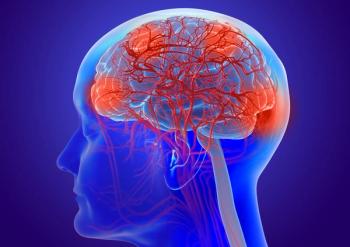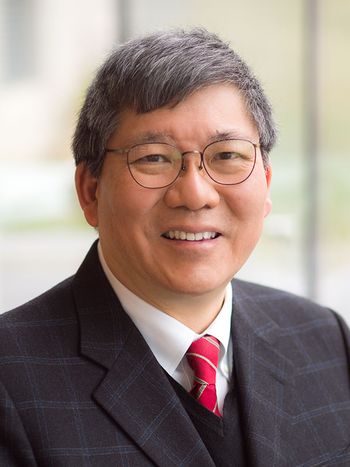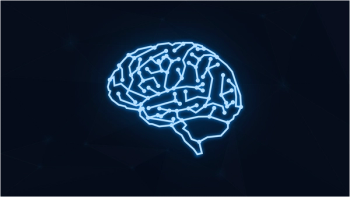
IDH1 Mutations Might Underlie Glioma-Associated Epilepsy
IDH1-mutant gliomas can affect adjacent, nonmalignant cells in ways that trigger seizures, according to research reported at the 21st Annual Scientific Meeting of the Society for Neuro-Oncology.
IDH1-mutant gliomas can affect adjacent, nonmalignant cells in ways that trigger seizures, according to research reported at the 21st Annual Scientific
“IDH1-mutation inhibitors may help control tumor-associated epilepsy and improve quality of life,” said Craig Horbinski, MD, PhD, of the Northwestern University Feinberg School of Medicine in Chicago.
Over half of glioma patients experience at least one seizure over the course of their treatment, and nearly one-third develop tumor-associated epilepsy, Dr. Horbinski said.
“This is a serious problem that greatly diminishes quality of life,” he said. “Surprisingly, it’s more common in lower-grade tumors, especially oligodendrogliomas, and in younger patients, suggesting a possible IDH mutation mechanism.”
IDH-mutant tumors tend to be less aggressive and to be associated with longer patient survival times. Dr. Horbinski and colleagues have shown that mutant IDH1 has a profound antithrombotic effect in glioma.
In the course of chart reviews for more than 700 patients from that study, the research team noticed that not only were mutant cases not clotting-they had presented disproportionately with seizures at the time of diagnosis.
“It was totally serendipitous,” Dr. Horbinski said.
It’s known that patients with gliomas who present with seizures tend to have longer survival times and that has long been assumed to be related to earlier clinical care for such patients.
But Dr. Horbinski’s team’s observations suggest that’s not the case.
In multivariate analyses, patients with IDH1-mutant status were an independent correlate of seizures, and there was no difference in survival for seizure status at presentation.
“The only factor was IDH mutation-not seizures,” he said. “So the favorable prognostic impact of presenting with seizures is likely due to IDH1 mutation, not earlier detection.”
Dr. Horbinski suspects the association is causal. IDH1 mutations produce 2-hydroxygluterate (D2HG), a molecule that is “nearly identical” to the excitatory neurotransmitter glutamate.
“We also know it’s released into the tumor microenvironment, and that glioma cells are in very close physical proximity to neurons in humans,” he added. “They’ll even wrap their tumor cell processes around neurons. So it’s logical that these cells making all this D2HG may be causing neurons to fire.”
Using cultured rat cortical neurons to grow rudimentary neural networks on a multielectrode assay tray, his team showed that D2HG is indeed pro-epileptogenic. Adding D2HG to the neurons in vitro caused longer and more intense neuron action potential bursts, analogous to seizure activity, and declines in the frequency of such coordinated firing.
Furthermore, D2HG stimulates neurons through the ionotropic NMDA (N-methyl-D-aspartate) receptors, the team showed.
“That supports the idea that D2HG is imitating glutamate,” Dr. Horbinski concluded. “Our proposed mechanism is that IDH1-mutant cells are releasing D2HG, which cause NMDA receptors to open up and the neuron fires an action potential. When this happens enough, you can get seizures.”
Newsletter
Stay up to date on recent advances in the multidisciplinary approach to cancer.





![According to John Henson, MD, “What we need are better treatments to control the [brain] tumor once it’s detected.”](https://cdn.sanity.io/images/0vv8moc6/cancernetwork/e0d29c38bb732429ae370e4ef7d1829a10c96446-2992x1684.png?w=350&fit=crop&auto=format)















































































